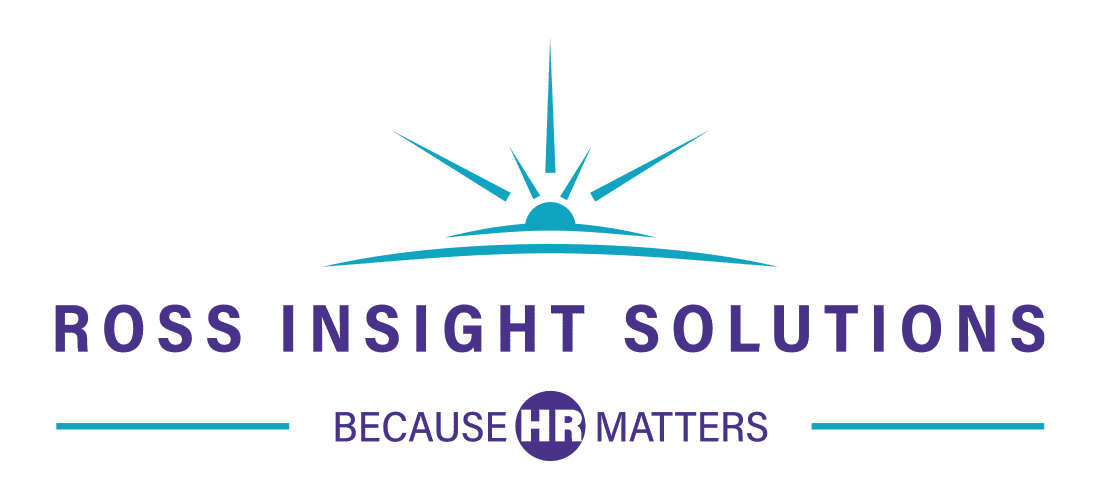Here’s a sobering reality check: 74% of companies struggle to achieve and scale value from AI investments. Despite widespread adoption and significant financial commitments, most businesses aren’t seeing the returns they expected.
The problem isn’t with AI itself—it’s with how companies are implementing it.
For small and mid-sized business (SMB) owners, this presents both a warning and an opportunity. You may not have dedicated HR staff to navigate these challenges, but you can’t afford to ignore them either.
The AI Adoption Reality for Small and Mid-Sized Businesses
The numbers tell a compelling story about AI’s rapid infiltration into everyday business operations. 78% of organizations use AI in at least one business function—a dramatic jump from 55% just a year earlier (McKinsey). This isn’t just about tech companies anymore. AI has become mainstream across industries.
What’s particularly striking? Employees are driving this adoption from the ground up. 1 in 4 desk-based employees have experimented with AI tools for work tasks, often without their employer’s knowledge or guidance.
Your team members are already using ChatGPT to draft emails. They’re analyzing data with AI-powered tools. They’re automating routine tasks.
“Small and mid-sized businesses can’t afford to sit on the sidelines,” says Carolyn Ross, HR consultant and founder of Ross Insight Solutions. “AI is already shaping how work gets done — the question isn’t if you’ll use it, but how safely and effectively you’ll do it.“
AI in HR: The New Frontier
Human resources functions are experiencing particularly rapid transformation. From resume screening to performance analysis and predictive analytics, AI tools are reshaping how businesses manage their most valuable asset: their people.
For small and medium-sized businesses without dedicated HR departments, these tools can level the playing field with larger competitors. But here’s the catch—without proper guardrails, these same AI in HR tools can create significant liability issues around bias, privacy, and compliance.
The Hidden Costs of Operating Without AI Guardrails
The statistics reveal a troubling pattern. Only 26% of companies have developed capabilities to move beyond AI proofs of concept and generate tangible value. The remaining 74%? They’re stuck in a cycle of experimentation without systematic implementation.
This isn’t just about missed opportunities; it’s about active risk exposure. Organizations increasingly manage AI risks related to inaccuracy, cybersecurity, and intellectual property infringement. When employees use AI tools without oversight, they might inadvertently share confidential information, violate customer privacy agreements, or create compliance issues.
As Google CEO Sundar Pichai observed, “AI usage will have a more profound impact on humanity than fire, electricity, and the internet.” That level of transformation demands thoughtful preparation, not reactive scrambling.
Risk Management: What Could Go Wrong?
Consider these real-world scenarios that keep business owners awake at night:
- An employee uses ChatGPT to analyze customer data, unknowingly exposing sensitive information.
- A manager relies on AI for hiring decisions, creating potential discrimination issues.
- A sales team uses AI-generated content that infringes on copyrighted material.
Each situation represents significant legal and financial exposure. More importantly? They’re entirely preventable with proper AI usage policies and effective risk management strategies.
The Business Case: Benefits of AI Usage Parameters
The governance market itself tells the story. The AI governance market is growing at 49.5% CAGR ( Compound Annual Growth Rate) through 2034—indicating widespread recognition that structured approaches to AI implementation are essential for success.
Companies that establish clear AI parameters don’t just avoid problems. They accelerate value creation. Research shows that successful AI implementation follows a 70-20-10 principle: 70% of resources should focus on people and processes, 20% on technology and data, and only 10% on algorithms themselves.
This insight is particularly relevant for SMBs. You don’t need cutting-edge technology to succeed with AI—you need smart processes and clear guidelines.
Operational Efficiency and Risk Mitigation
Well-designed AI policies create a framework for innovation within boundaries. Employees gain confidence to experiment with AI tools when they understand what’s acceptable and what’s not. This structured approach reduces decision paralysis while maintaining necessary protections.
The result? Faster adoption, better outcomes, and significantly reduced risk exposure.
Essential Elements of an Effective AI Policy
Your AI policy doesn’t need to be complex, but it must be comprehensive. Here are the core components every SMB should include:
- Purpose Statement: Clearly articulate why your organization uses AI and what outcomes you expect. This sets the foundation for all other policy elements.
- Scope: Define who the policy applies to (typically all employees and contractors) and which AI tools and applications fall under its jurisdiction.
- Definitions: Establish clear definitions for AI, machine learning, and other relevant terms. This prevents confusion and ensures consistent application.
- Acceptable Use Guidelines: Specify which AI tools are approved, which require approval, and which are prohibited. Include examples of appropriate and inappropriate uses.
- Privacy and Security Requirements: Address data handling, confidentiality obligations, and security protocols. This is particularly critical for businesses handling customer information.
- Intellectual Property Protections: Establish guidelines for AI-generated content, including ownership, attribution, and compliance requirements.
- Accountability Measures: Define consequences for policy violations and establish monitoring procedures.
- Training and Support: Outline how employees will learn about AI tools and policy requirements. Regular training ensures consistent compliance.
Getting Started: Your AI Policy Roadmap
Implementation doesn’t happen overnight, but it doesn’t need to be overwhelming either. Start with a simple assessment of current AI usage in your organization. You might be surprised by what you discover.
Next, engage key stakeholders in policy development. You may not have HR staff, but involving team leaders and trusted employees ensures your AI policy reflects real-world needs and challenges.
Focus on creating clear, actionable guidelines rather than complex technical specifications. Remember, the goal is enabling safe innovation, not preventing AI adoption entirely.
Moving Forward: Expert Guidance for AI Implementation
The complexity of AI policy development often exceeds what busy business owners can handle alone. Professional guidance can accelerate implementation while ensuring comprehensive coverage of legal, technical, and operational considerations.
“I can assist to assess the company AI needs and usage and develop processes and a policy accordingly,” notes Ross. This customized approach ensures your AI policy addresses your specific industry requirements, risk tolerance, and business objectives.
The AI transformation is already underway. The question isn’t whether your business will be affected—it’s whether you’ll be prepared. With proper planning and professional support, you can harness AI’s potential while protecting your organization from unnecessary risks.
Your competitors are grappling with the same challenges. The businesses that establish clear AI governance frameworks today will be the ones that thrive tomorrow.Ross Insight Solutions specializes in HR consulting and organizational development for small and mid-sized businesses. For more information about AI policy development and implementation support, get in touch today.

